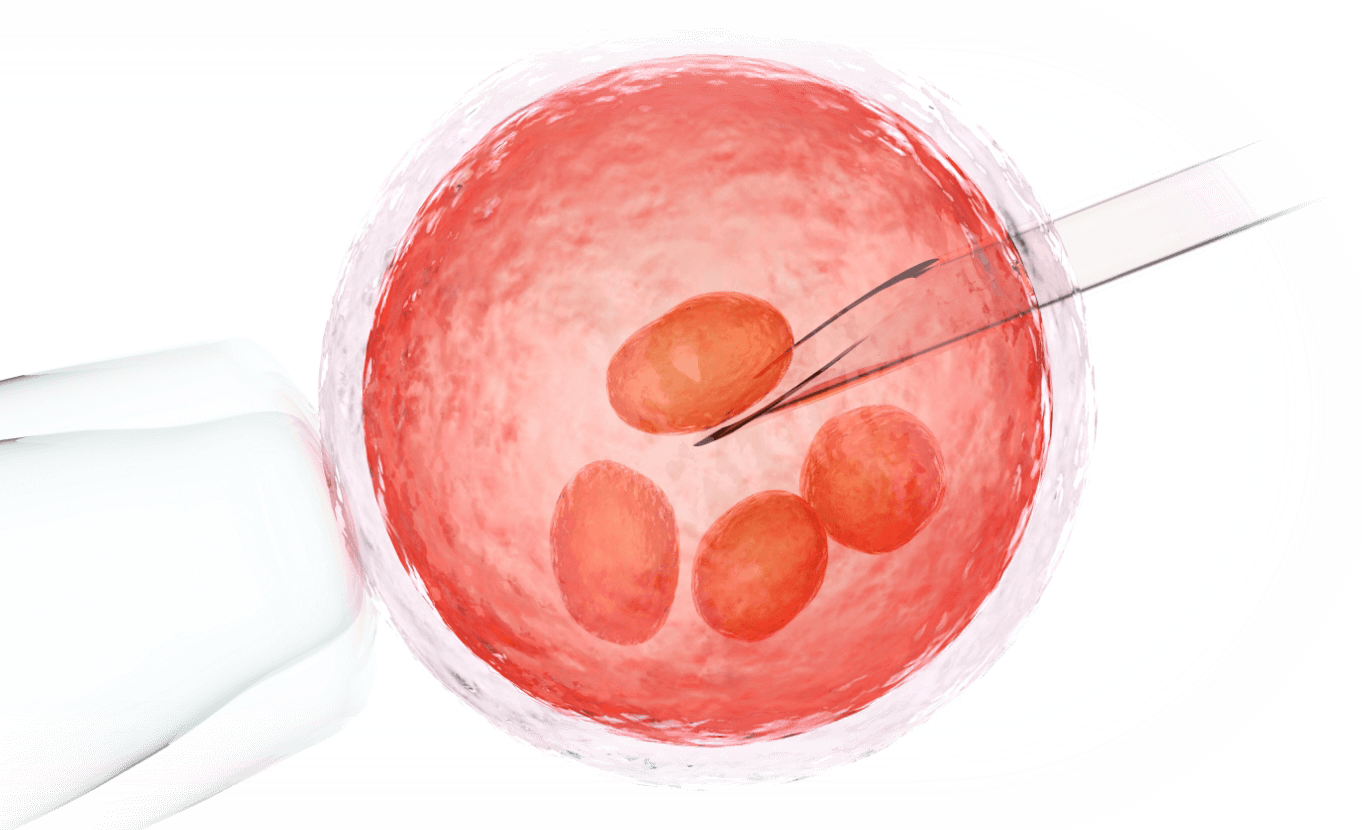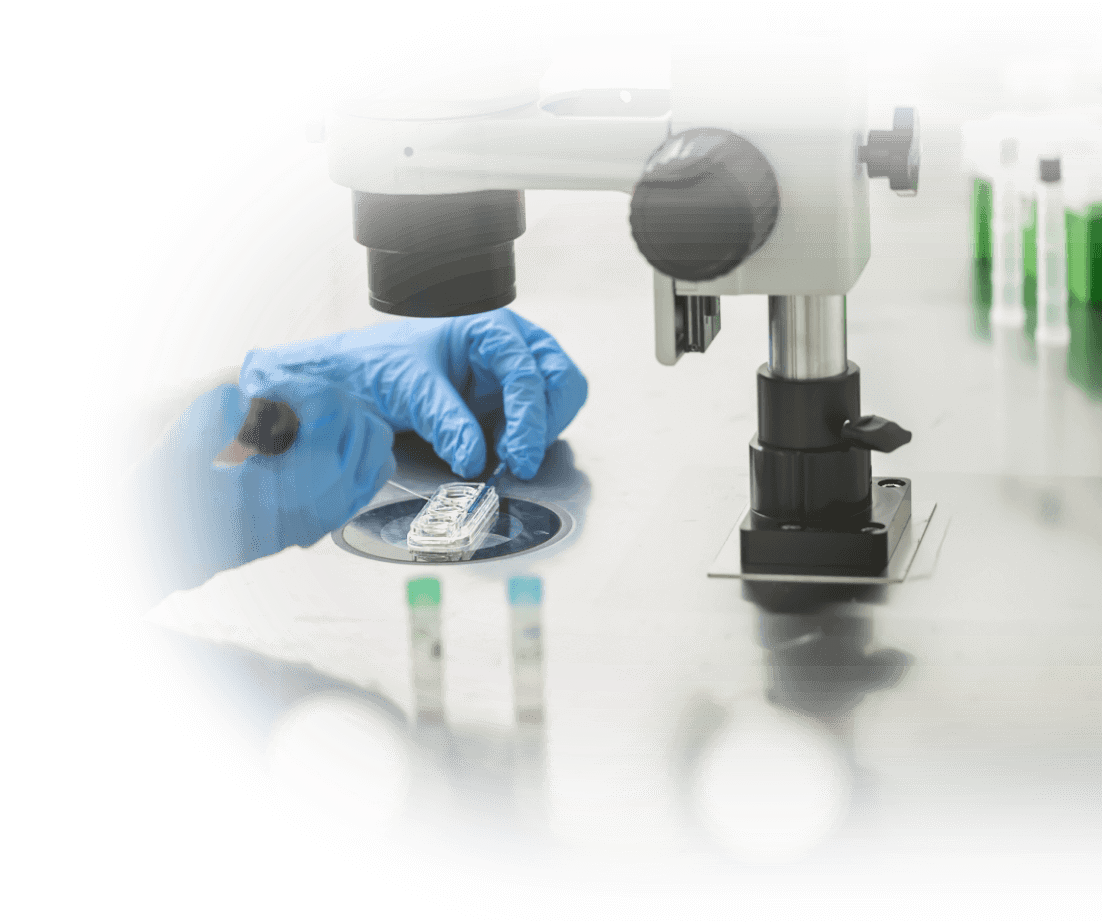

What is Male Infertility? What are the causes of Infertility?
Azoospermia is a condition where there are no sperm at all in a man's ejaculated semen and there can be various reasons for this.
Sperm production and delivery involves a system of tubes within the male reproductive system. Sperm are initially produced in the testis in fine tubes called seminiferous tubules. In each testis these tubules are connected to a larger coiled tube called the epididymis in which sperm are held for a short while after production. The epididymis is in turn connected to the vas deferens which lead to the urethra. Sperm must move through this system in order to be deposited in the semen during ejaculation.
Azoospermia can be caused by an abnormality or blockage in the epididymis or the vas deferens. This is referred to as obstructive azoospermia. In these cases, sperm are being produced in the testes, they just can't get out.
Sometimes however, sperm production in the seminiferous tubules does not occur at all or is happening at such a low level that sperm are not detectable in the ejaculate. This is referred to as non-obstructive azoospermia.
Treatments for Male Infertility
The doctor must find the cause first, whether it is from the testicle. Non obtrusive Azoospermia is a condition where sperms are not present in the semen as sperm production is impaired or abnormal. In obstructive Azoospermia, the absence of sperm is due to blockage in the reproductive tract. There are some medications that can stimulate sperm production, but it's a long shot.
In the case of infertility due to ejaculatory duct obstruction, the treatment is relatively simple. The doctor will pass a fine needle through the skin into the epididymis or testicle to obtain sperm. Picked-up and then injected directly into a mature egg.
Then combined with ICSI technique (which improves the possibility of fertilization by a lot), a single healthy sperm is specially selected and injected directly into a mature egg to achieve fertilization.


How is Male Infertility Treated?
4 types of Sperm Processing
- PESA (Percutaneous Epididymal Sperm Aspiration): This involves placing a needle attached to a syringe through the skin of epididymis and simply sucking out the fluid inside the epididymis.
- TESE (Testicular Sperm Extraction): This is an open surgical biopsy technique to remove a few testicular tissues and extract to find the sperm.
- TESA (Testicular Sperm Aspiration): This involves placing a needle attached to a syringe through the skin of the scrotum and simply sucking out the fluid inside the testicle.
- MESA (Microsurgical Epidymal Sperm Aspiration): This is an open surgical sperm retrieval procedure that uses an operating microscopy to locate the tubules of the epididymis precisely, so that large numbers of sperm can be extracted.

TESE/PESA Process
TESA or PESA is performed by IVF Specialist who will perform the procedure under general anesthesia, so you will not know what is happening or feel any pain during surgery.
After that, You will spend 2 hours in a recovery room where nurses will watch you closely. When you return home, you can resume your normal activities.
You will be advised to avoid strenuous activity and collision to the scrotum after the procedure for 1-2 weeks.
For PESA / TESA, the wound is as small as a needle hole. For TESE / MESA, there would be a small incision about 0.5 cm.

Getting Started:
TESE/PESA
A hemorrhage around the scrotum, the infection, however, these conditions are very rare.



